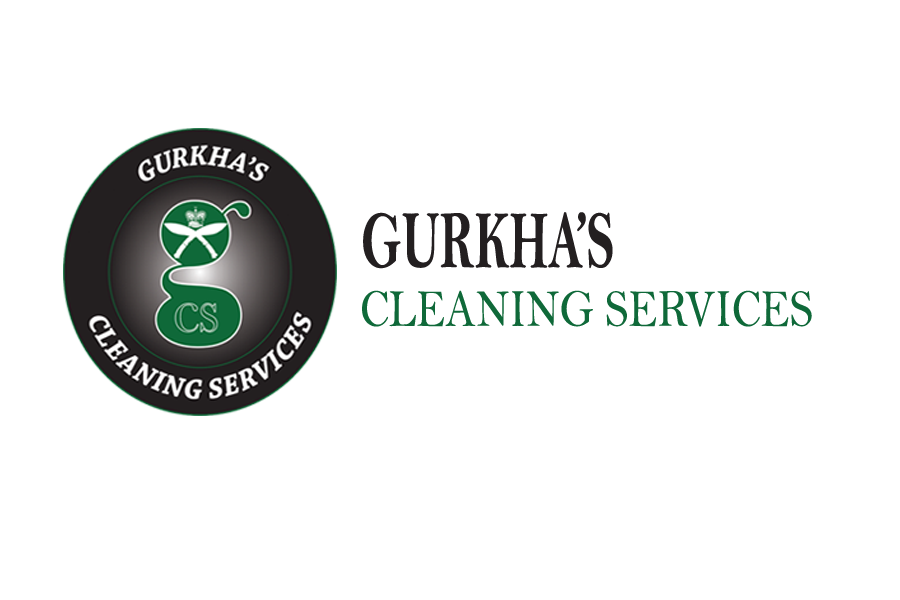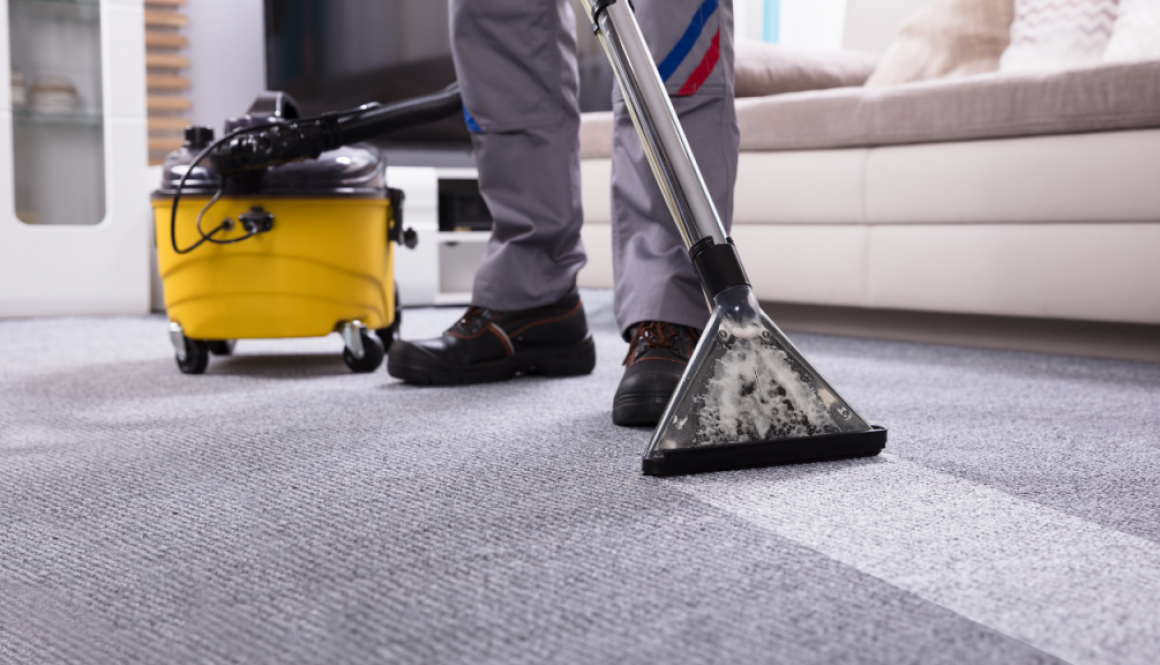What Is The Best Way To Clean The Carpet Professionally In London?
Aside from its warmth and softness, one reason people prefer carpeting to hard-surface flooring is that it requires less maintenance and upkeep. To keep carpeting looking new and fresh, all that is usually required is frequent vacuuming and the occasional deep-clean scouring.
Regardless of your efforts, spills, splashes, messy incidents, and whatever you track on the bottom of your shoes will eventually cause damage to your carpet.
While you have many options when it comes to picking a carpet cleaning company in London for your home or business cleaning, it is vital to understand the various types of professional carpet cleaning techniques utilized by different companies because not all carpet cleaning methods might work for your carpet.
Here are the Best Professional Carpet Cleaning Techniques in London
Let’s have a look at some of the best ways to clean carpets professionally in London.
- Hot Water Extraction Cleaning (“Steam Cleaning”)
- Encapsulation
- Bonnet Cleaning
- Carpet Shampooing
- Absorbent Compound (Dry Carpet Cleaning)
1. Hot Water Extraction Cleaning (Steam Carpet Cleaning)
Hot water extraction carpet cleaning, also known as steam carpet cleaning in London, agitates and dissolves contaminants in carpet fibers using high-pressured hot water. Typically, hot water extraction cleaning involves applying a cleaning agent to the contaminated area, agitating the carpet with a brush, and then rinsing. After allowing the cleaning agent to settle in the carpet for a short period of time, it will be “washed” with carpet cleaning equipment to thoroughly rinse the cleaning agent before being dried in a room or at a temperature controlled by air conditioning.
Cleaning a 3000 square foot carpeted office takes roughly 2 hours and drying takes at least 4 hours. The carpet should be cleaned in the late afternoon so that it can dry overnight and the office may resume normal operations the next morning.
2. Encapsulation
Synthetic detergents are used as a base for foam encapsulation, and after it dries, it crystallizes into powder. When the applied cleaning foam dries, loose dirt particles in carpet fiber will be trapped into powder, which can then be vacuumed or brushed away.
When compared to carpet shampooing, the foam encapsulation cleaning technique has surpassed carpet shampooing since it utilizes less water throughout the cleaning process and hence takes less time to dry.
Those who advocate for the use of environmentally friendly goods have given thumbs up to foam encapsulation cleaning because it leaves less chemical residue after cleaning than carpet shampooing. Because of the limitations of the technology, encapsulation carpet cleaning has not been able to thoroughly clean heavy soiling carpets.
3. Bonnet Cleaning
This carpet extraction process entails cleaning the top section of the carpet fiber with a heavy-duty motorized machine equipped with a spinning pad soaked in a cleaning solution to absorb dirt from the carpet surface, resulting in a good surface cleaning result.
Bonneting is popular in hotels because it can give a quick cure for cleaning carpets in high-traffic public areas that require carpets to be cleaned without a lot of dampness and to dry quickly so that hotel guests are not inconvenienced.
Because bonneting just clean the surface of the carpet, dirt beneath it will return to the surface in a short period of time, causing the carpet to become filthy again quickly. Bonneting also tends to cause chemical residue to accumulate in the carpet, as the heavy machine’s pressure on the spinning pad pushes the applied chemical and any remaining debris into the carpet.
4. Carpet Shampooing
Carpet shampooing is one of the oldest and most often utilized professional carpet cleaning treatments.
For a long time, it was the method of choice for heavy-duty carpet cleaning. The technique has developed only in terms of the technologies used since its inception.
Today, carpet shampooing entails applying a foamy material to the carpet and working it in with a brush machine. After that, wet vacuuming is used to remove the “shampoo” as well as any dirt that has adhered to it. It will take a while for the carpet to dry. Any remaining residue is then vacuumed off using a dry vacuum.
5. Absorbent Compound (Dry Carpet Cleaning)
Dry carpet cleaning, also known as compound washing, is a relatively new cleaning technology that is gaining popularity and approval from leading carpet manufacturers due to its great cleaning performance and ease of usage (it does not require drying time).
Since the invention of dry carpet cleaning in the 1980s, a plethora of cleaning compounds and powders have been produced. Many people are skeptical about the effectiveness of this cleaning technique because it is newer than other traditional wet carpet cleaning procedures that have been trusted and utilized for decades.
The highlight of dry carpet cleaning is the application of cleaning compound or powder into the bottom section of the carpet with a motorized counter rotating brush machine to open up the carpet fiber and allow the compound to settle inside, resulting in a comprehensive deep carpet cleaning result. Cleaning compounds are frequently made of biodegradable materials that, like micro sponges, can gather dissolved dirt in the carpet and be entirely eliminated at the end of the cleaning procedure.
Manufacturers of dry carpet cleaning equipment distinguish themselves by developing their own cleaning solution or powder mix and customizing the design and operation of their machines.
Because dry carpet cleaning does not hinder business operations, it is safe for all types of carpets and is recommended for organizations that must function 24 hours a day, seven days a week.
DIY Carpet Cleaning Mistakes to Avoid
Professional Carpet Cleaners in London have the tools and skills to remove difficult stains and ground-in filth from rugs without causing damage to the fibers. If you opt to clean your rugs yourself, be aware of the following frequent DIY carpet cleaning blunders to avoid:
- Don’t apply too much pressure when brushing or washing a carpet. You can loosen carpet threads and make the carpet look worn or fuzzy by rubbing them with a spinning brush.
- Thoroughly remove all signs of shampoo, detergent, foam, and carpet cleaning chemicals. As previously stated, residual detergents are sticky and trap and seal dirt against carpet fibers, therefore taking the time to properly remove carpet cleaning products is critical.
- Each time you use the steam or extraction wand, use new water and don’t rush the carpet cleaning process. Allow the steam to permeate the carpet fibers and keep removing dirt and detergents until the tank’s water is clear.

